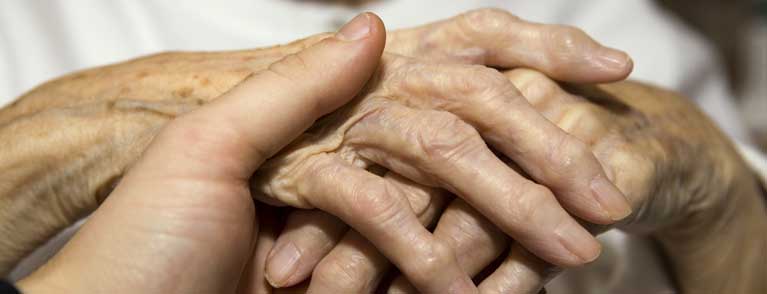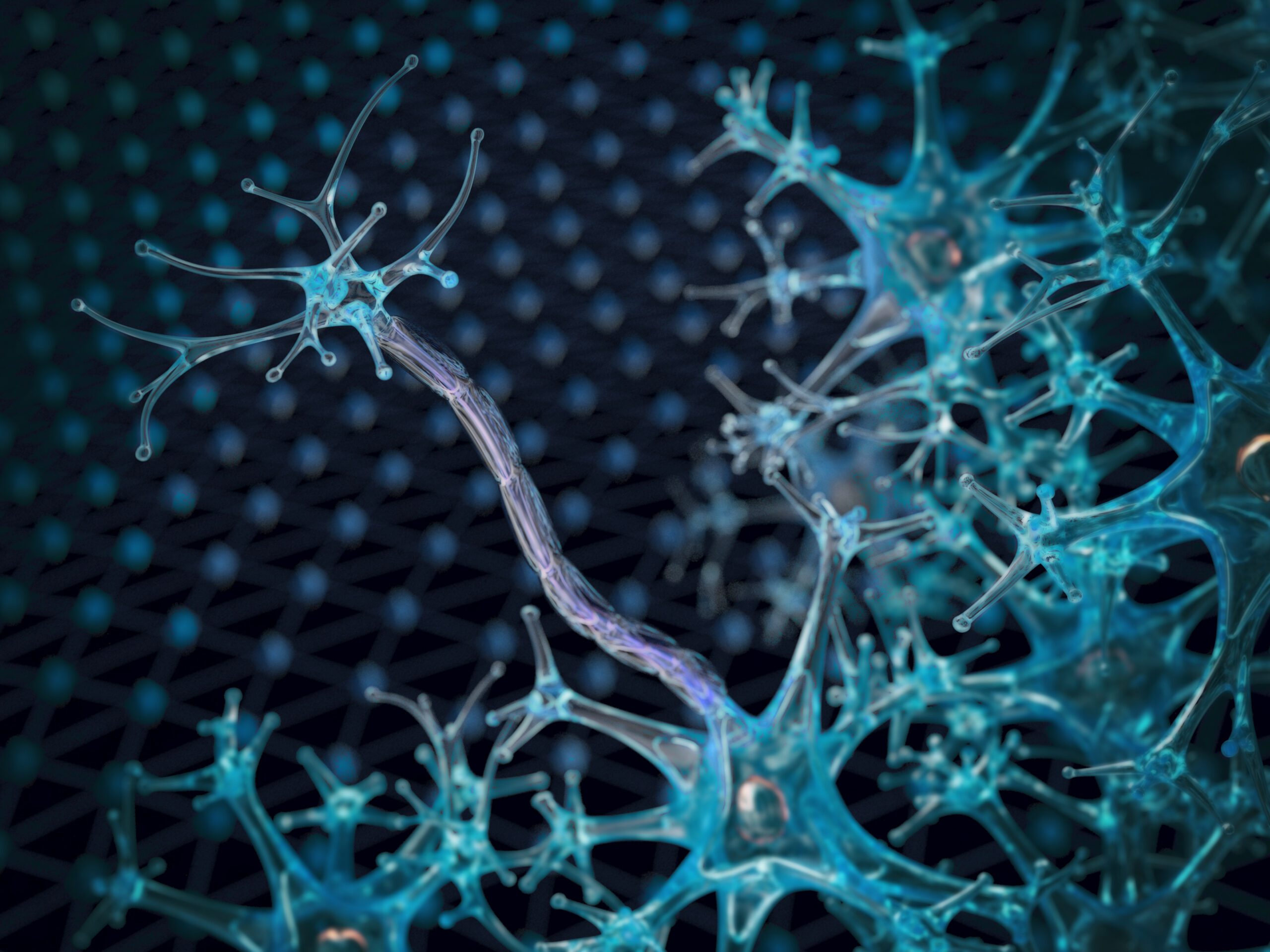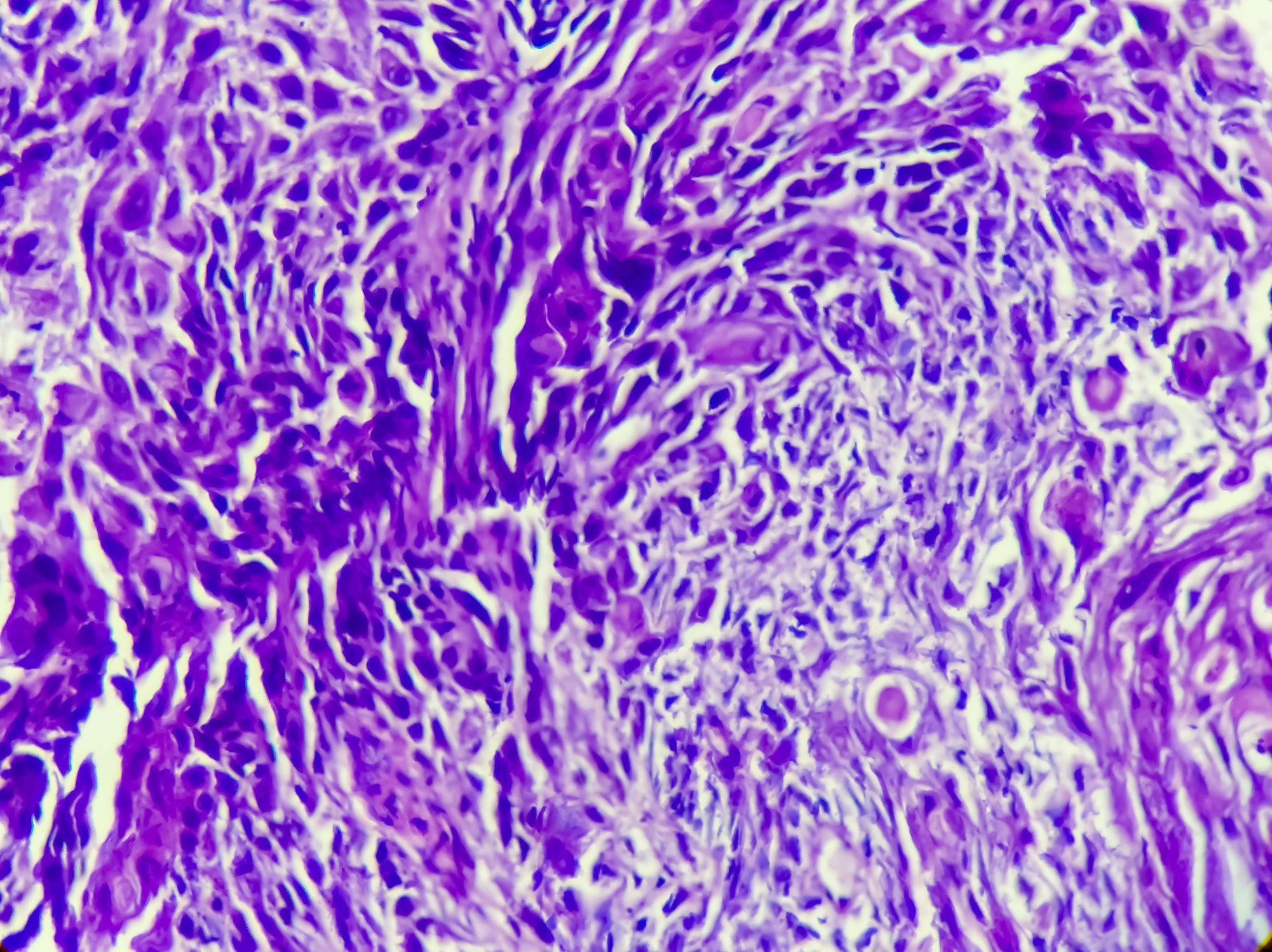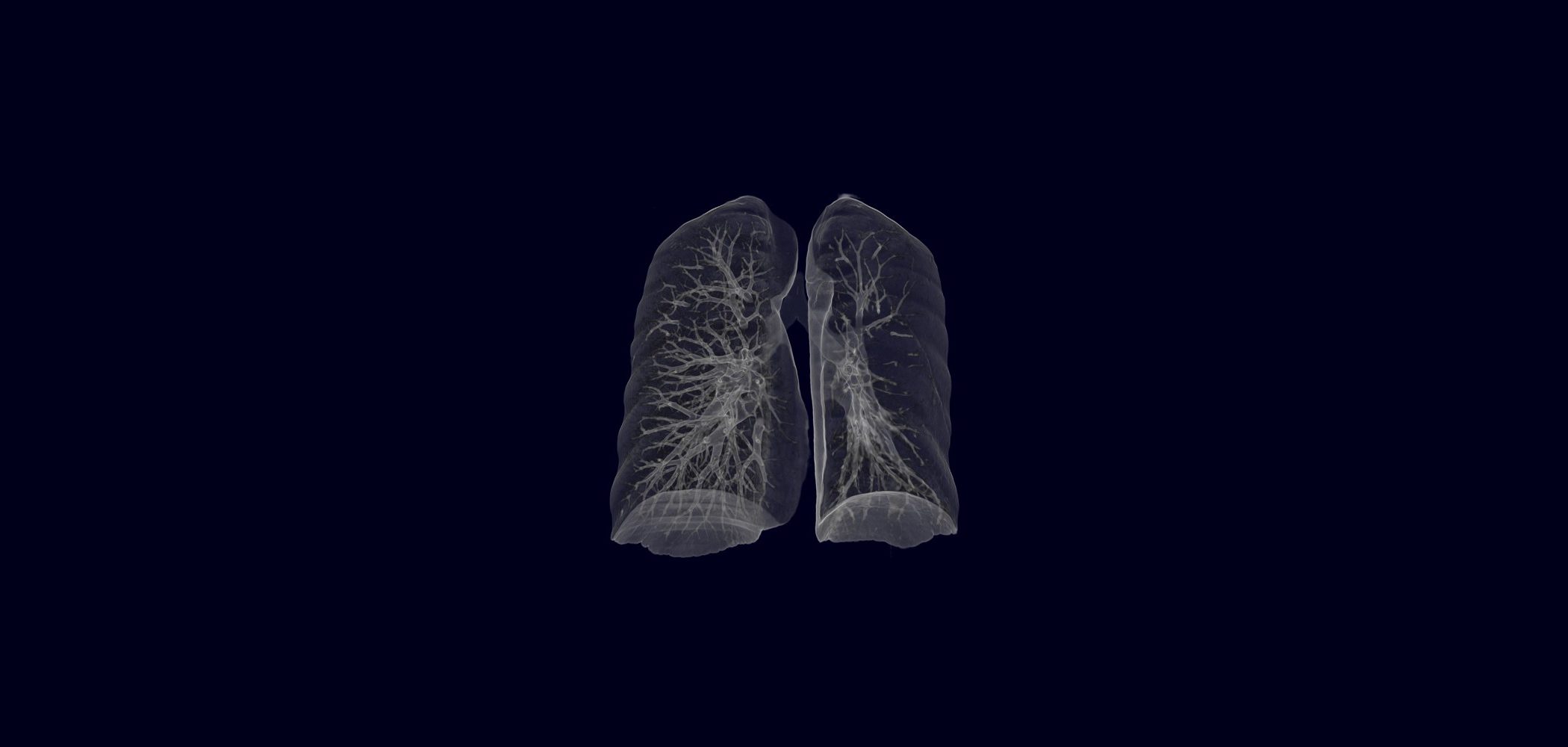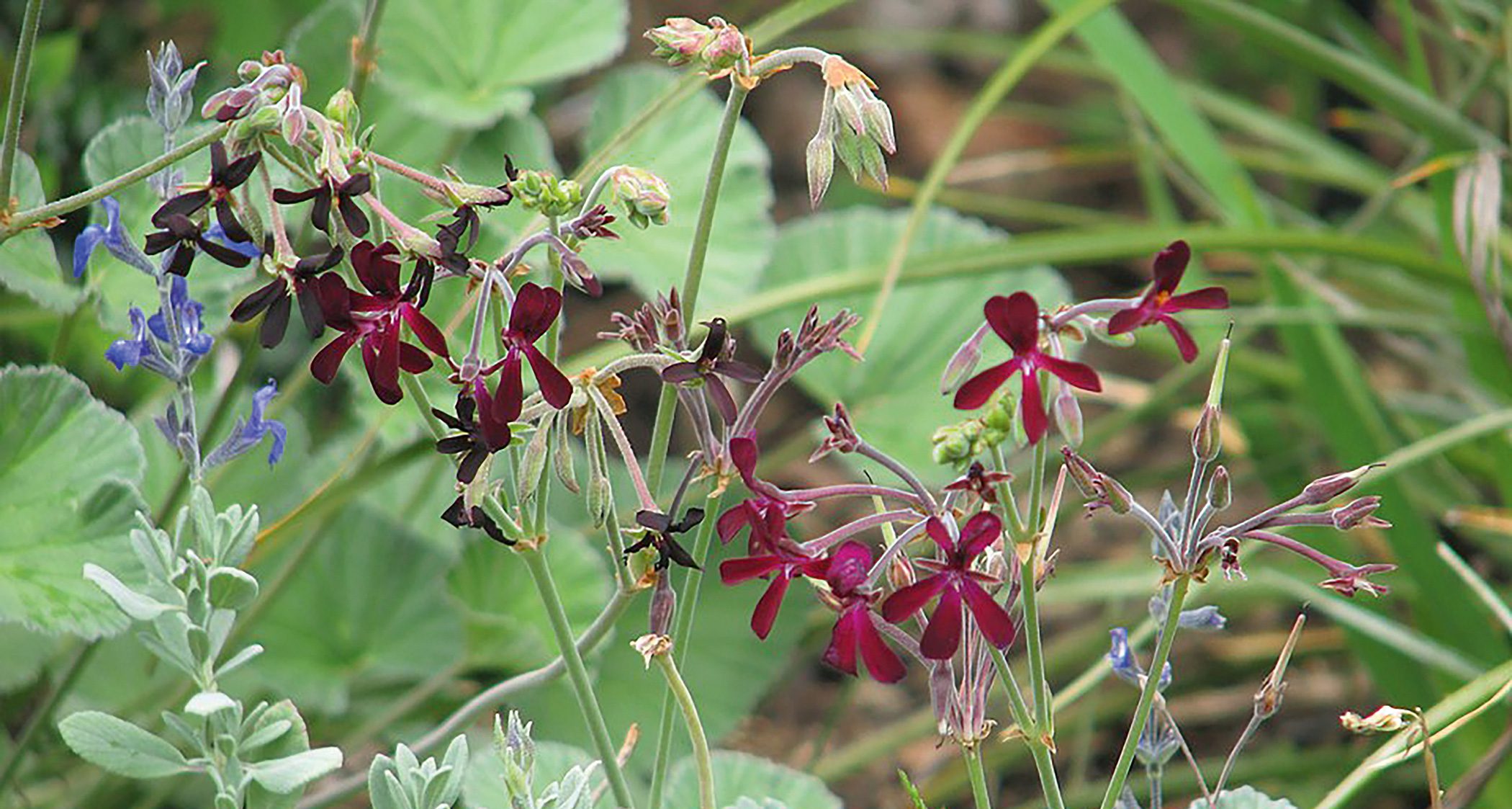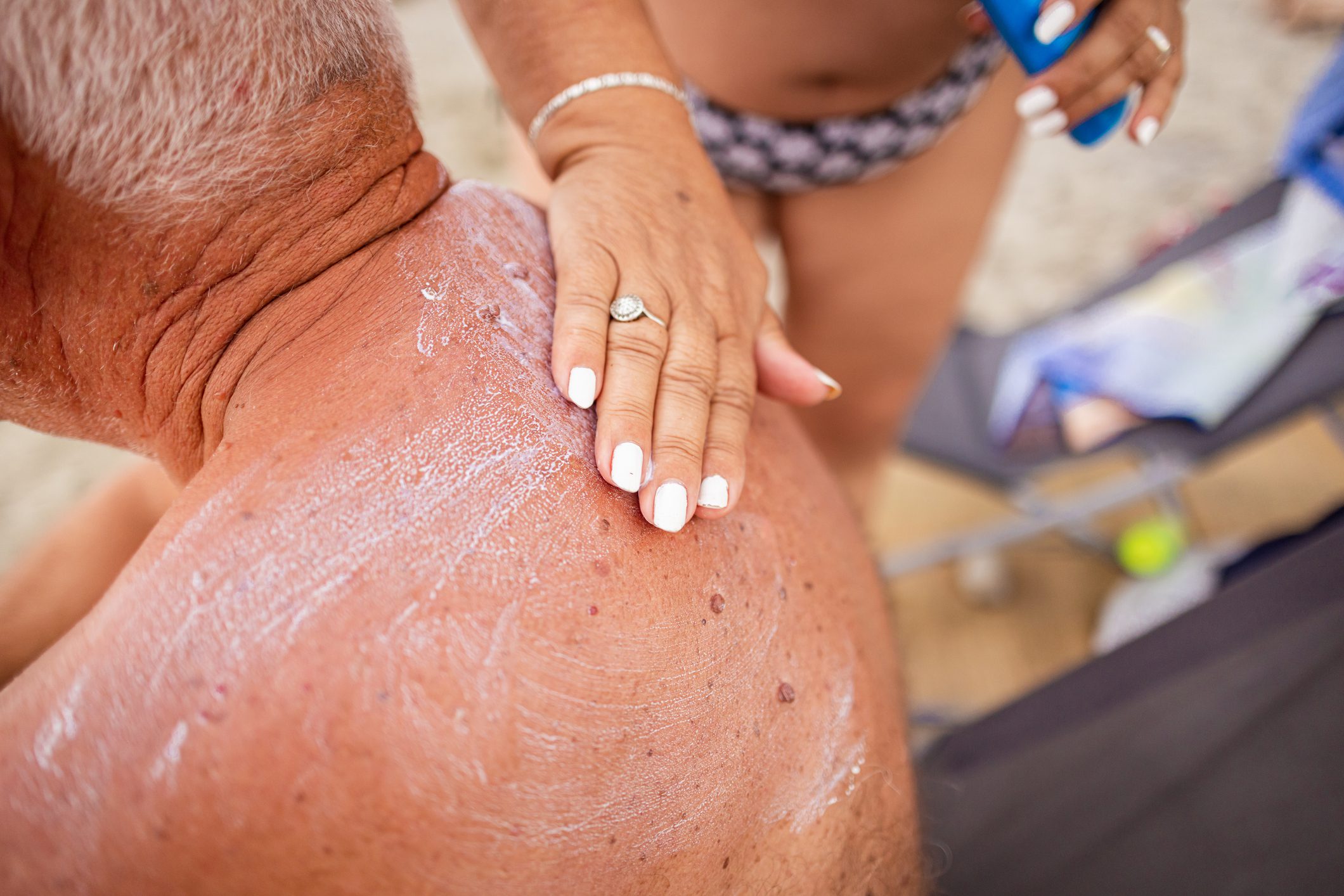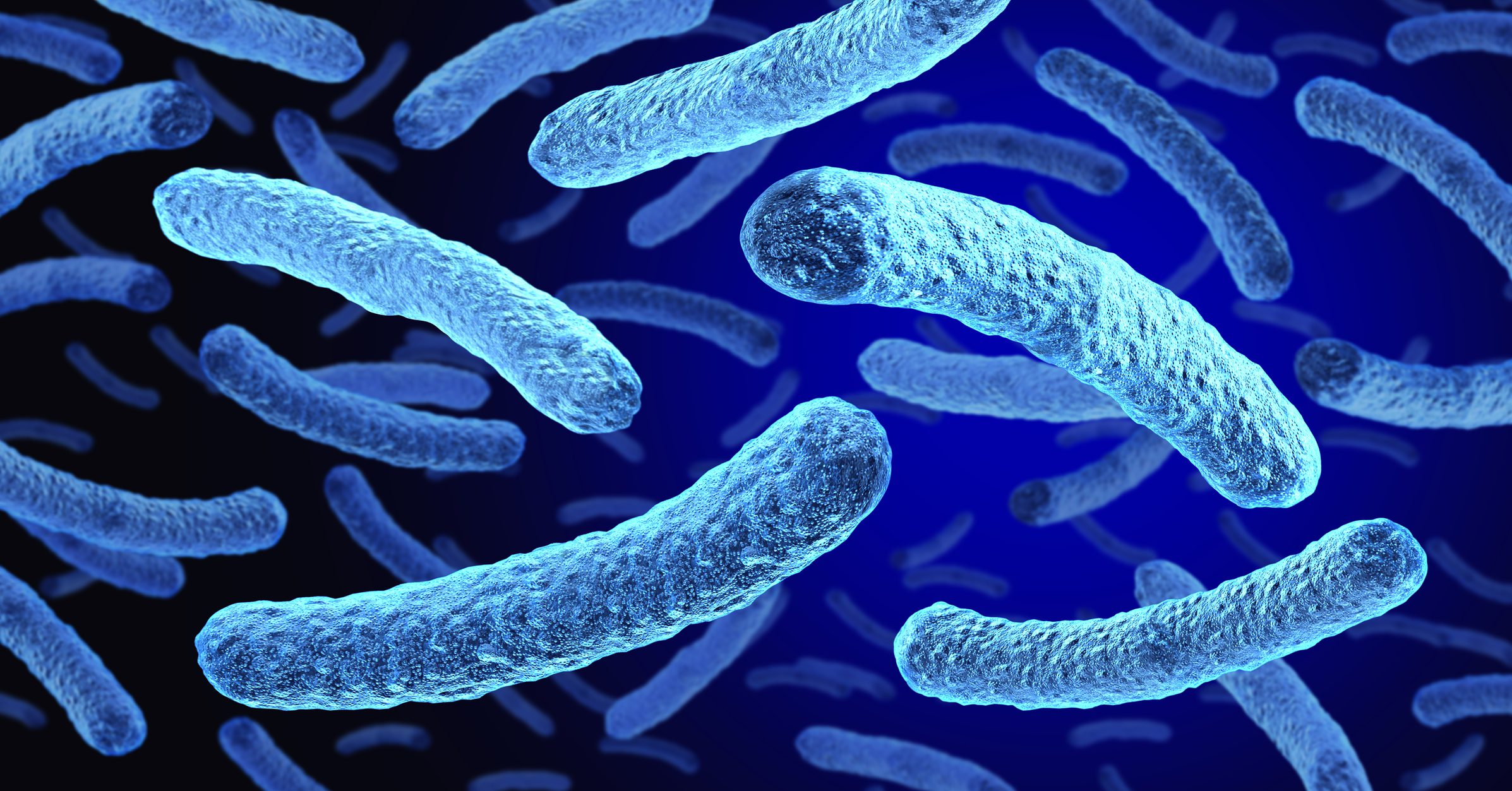The external application of plant leaves on the skin in the form of dressings that promote healing is very old as a basic principle. According to Oliver Das, MD, Zurich, such use is one of the first and most immediate phytotherapies of all. But how can phytotherapeutic agents be used concretely, for example, to combat secondary problems of aging skin? This question was addressed at this year’s 29th Swiss Annual Conference on Phytotherapy.
(ag) The skin is the largest organ of the body with an important sensory and protective function. In the course of aging, it changes both naturally and as a result of externally induced factors. In principle, a distinction can be made between extrinsic, i.e. environmentally induced, and intrinsic, physiological skin aging. The former is mainly caused by UV exposure, pollutants in the environment, smoking or unhealthy diet and lack of sleep. The result is leathery appearing wrinkled skin with yellowish discoloration, irregularities and actinic precancerous lesions. Intrinsic forms, on the other hand, are caused by declining cell regenerative capacity, decreased sebaceous and sweat gland activity, and lower production of antioxidants and estrogen. The skin is thinner, finely wrinkled, more vulnerable and significantly reduced in elasticity.
In histology, such changes are manifested as a decrease in collagen fibers and elastic fibers of the dermis (sometimes moth-eaten-like), as atrophy of the epidermis, and as a decrease in subcutaneous adipose tissue and loss of the rectal ridges.
Cleaning and basic care
“When it comes to cleaning, the frequency and duration of contact, as well as the concentration of the washing-active substance, are critical,” he said. “Products must be selected by pH and by ingredients. The temperature of the water is also crucial. As a general rule, do not use drying or irritating substances such as sodium lauryl sulfate or hydroxy acids for cleansing, and instead of soap, prefer a soap-free syndet (pH around 5.5).” In addition to proper cleansing, basic care for aging skin includes good moisturizing and oiling (lipid-rich W/O emulsions without fragrances, dyes or preservatives), appropriate photoprotection (physical rather than chemical UV filters), healthy diet, fresh air and exercise, sufficient sleep, and (if possible) mental hygiene and a good social life. The following concomitant symptoms and skin diseases occur more frequently in aging skin and can be addressed with phytotherapeutics:
Dry, brittle skin (xerosis cutis): Soybean oil (topical) and evening primrose borage oil (topical and systemic) are used.
eczema diseases (see also pruritus): Anti-inflammatory, astringent, antipruritic and, if necessary, antimicrobial agents should be used. Important phytotherapeutics are: Witch hazel, chamomile, Capsicum annuum, capsaicin, St. John’s wort, licorice root, evening primrose, aloe vera, bittersweet stem, oak bark, pansy (also tea), oat straw as well as walnut leaves (also tea). In seborrheic eczema, witch hazel or oat straw are used topically.
Rosacea: Topically applied are chamomile, oak bark, pansies and oat straw.
Pruritus/Prurigo simplex: Capsaicin, peppermint (menthol), thyme (thymol), camphor, lavender, wheat bran, aloe vera and oat straw are applied. Internally, pansies are used as a tea.
Wound healing: The following agents should only be used on uncomplicated wounds. Chamomile, oak bark and echinacea are used for cleansing; chamomile, calendula, comfrey, hypericum and digitalis for granulation; chamomile and echinacea for epithelialization; chamomile, hamamelis and echinacea regulate inflammation. Furthermore, coriander oil, aloe vera, arnica and the wound therapeutic Primary Wound Dressing® (neem and St. John’s wort oil) find Application. The enzymes bromelain and papain can also help (from pineapple and papaya).
What are the studies?
“The specific topic of phytotherapy in the context of aging skin has generated few recent studies. However, two can be mentioned: Schulz [1] investigated the external application of frankincense extract in photodamaged aging skin in 2010, and Welzel J et al [2] conducted research on the use of witch hazel ointment in the care of dry aging skin in 2005,” explained Dr. Das.
The former double-blind randomized pilot study involved 15 female patients (31-68 years) with photodamaged facial skin. In each case, a cream containing 0.5% frankincense extract was applied daily to one half of the face for 30 days, while the other half remained untreated (or placebo/carrier substances). The clinical ratings differed in the two facial areas, sometimes significantly in favor of the frankincense extract (e.g., in the items surface lines, perceived roughness). The same applies to the biophysical items sebum content, elasticity and thickness of the horny layer. Tolerance was very good, with no adverse events.
The second study included 89 patients. Witch hazel ointment was applied twice daily for four weeks to the affected skin areas (dry age-related skin). After the entire treatment period (but also after only two weeks), the skin fat content and skin moisture increased statistically significantly in the treated areas. Skin scaling and fissures could be significantly reduced with the preparation and subjective symptoms such as itching improved.
“Of course, there are many other studies on various disease states of the skin or on wound treatment. They certainly play a role for aging skin, but do not only concern it, so I will not go into detail here. What is certain is that phytotherapy can certainly be a valid treatment option for skin problems,” concludes Dr. Das.
Source: “Reflections on Aging Skin with a Focus on Phytotherapy,” paper presented at the 29th Swiss Annual Conference on Phytotherapy, June 18-21, 2014, Winterthur.
Literature:
- Schulz V: External application of frankincense extract in photodamaged “senile skin” – results of a pilot study with 15 female patients. Z Phytother 2010; 31(4): 201-202.
- Welzel J, et al: Hamamelis ointment in the care of dry aging skin. Z Phytother 2005; 26(1): 6-13.
HAUSARZT PRAXIS 2014; 9(9): 40-41


